Swamps are a classic adventuring environment for the heroic journeys of Dungeons & Dragons. Whether it’s a tribe of monstrous humanoids, the lair of some terrible beast, or a remote cottage deep in the bog, there’s no shortage of wonderful tropes to choose from when your adventuring party decides to trek out into the wilderness of an inundated quagmire.
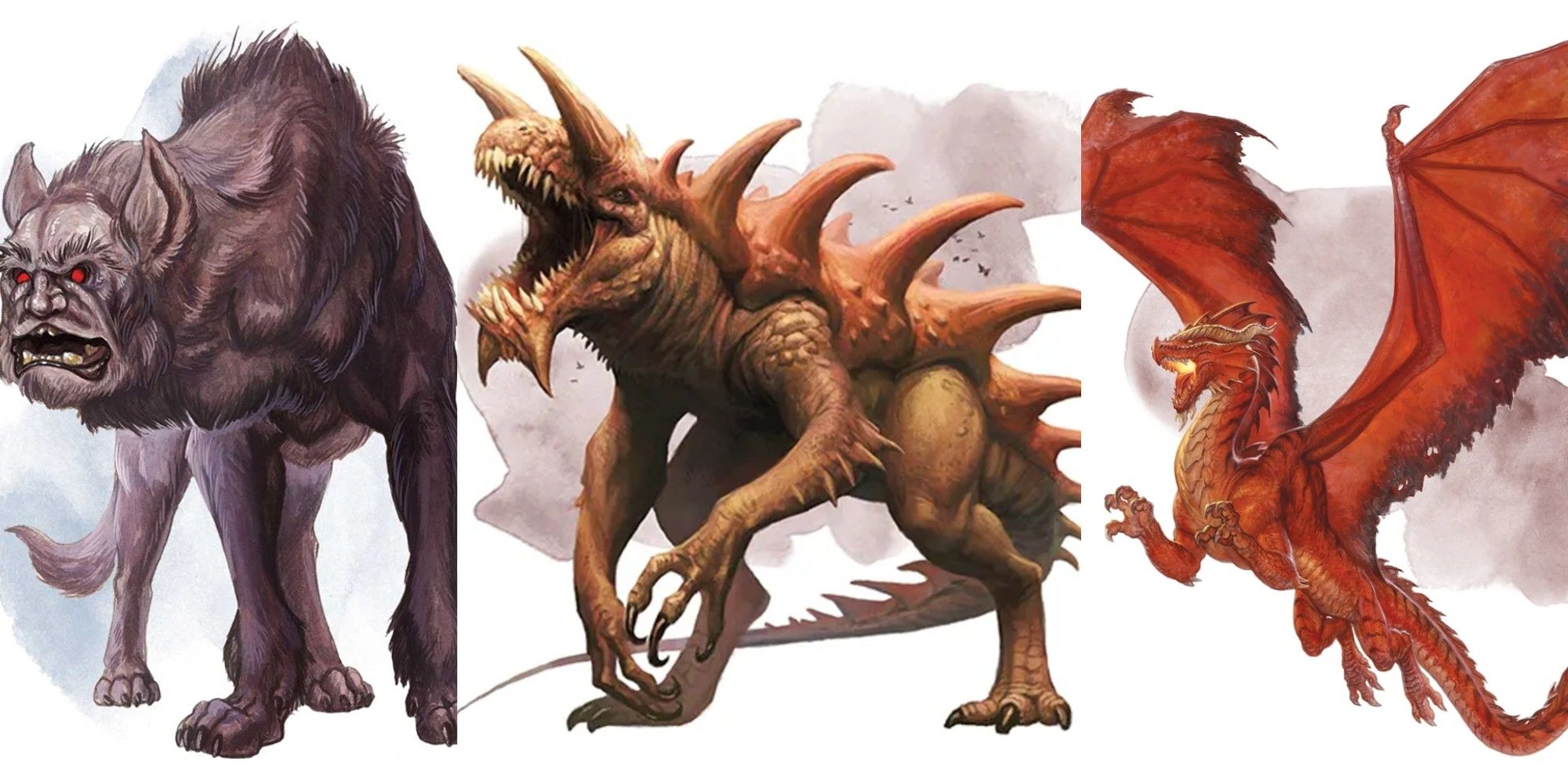
Related
Whatever the location, you’re going to need to fill it with your selection of interesting and multi-faceted monsters. Thankfully, the Monster Manual and subsequent monster books are filled with all kinds of terrifying bogeymen perfect for a dastardly morass. Let’s take a look at the best of them, ordered by challenge rating.
Updated on February 9, 2025, by Alfredo Robelo: The 2025 Monster Manual has added plenty of creatures for players to use in a wide variety of settings, from underground caves to vast jungles. If you’re looking to add some spice to your swamp, we’ve updated this article to include a few new toys from the latest Monster Manual.
11
Stirge
When visiting a swamp in real life, you won’t be dealing with monstrosities or giant creatures (at least, we hope you don’t), but you will have to deal with bugs, and mosquitoes in particular. Stirges are a great way to represent these annoying bugs, attaching themselves to their target and dealing damage at every turn.
The 2025 Monster Manual adds a new kind of stirge, or rather, a lot of them grouped together: the swarm of stirges. The swarm works similarly to the individual stirge, only that when so many of the creatures latch on to you, you get the grappled condition as your life is constantly being depleted.
10
Yuan-ti Malison
The yuan-ti group, in general, are a great set of creatures to populate a swamp with. They work as great antagonistic forces representing the worst you could find in a swamp, making deals with shady gods to gain monstrous forms, often terrorizing the communities that might live nearby.
Of all the available yuan-ti of the 2025 Monster Manual, the malisons are the most varied. They come in three distinct variants: with a snake’s bottom half, a snake’s head, or snakes for arms, with each having their own strengths that the players will need to figure out during combat.
9
Haunting Revenant
One thing your players might be looking for while in a swamp is shelter since having a long rest out in the dampness doesn’t sound particularly nice. If you want to give them a nasty surprise, the haunting revenant is here to assist you since it is literally a house trying to kill your players.
Even if the party can tell that something is up with the house, the revenant can use Invitation to force them inside, trapping them and attacking them with random items. You can even populate the house with other creatures, such as animated armors, and have them be a part of the revenant as well.
8
Bullywug
Bullywugs are brutish frog-men that aren’t necessarily the most powerful enemies you might encounter in a swamp, however, they’re the perfect monsters for a low-level party or a hoot of a social encounter. These toady talkers believe themselves the masters of swampy terrain despite their rather meager strength.
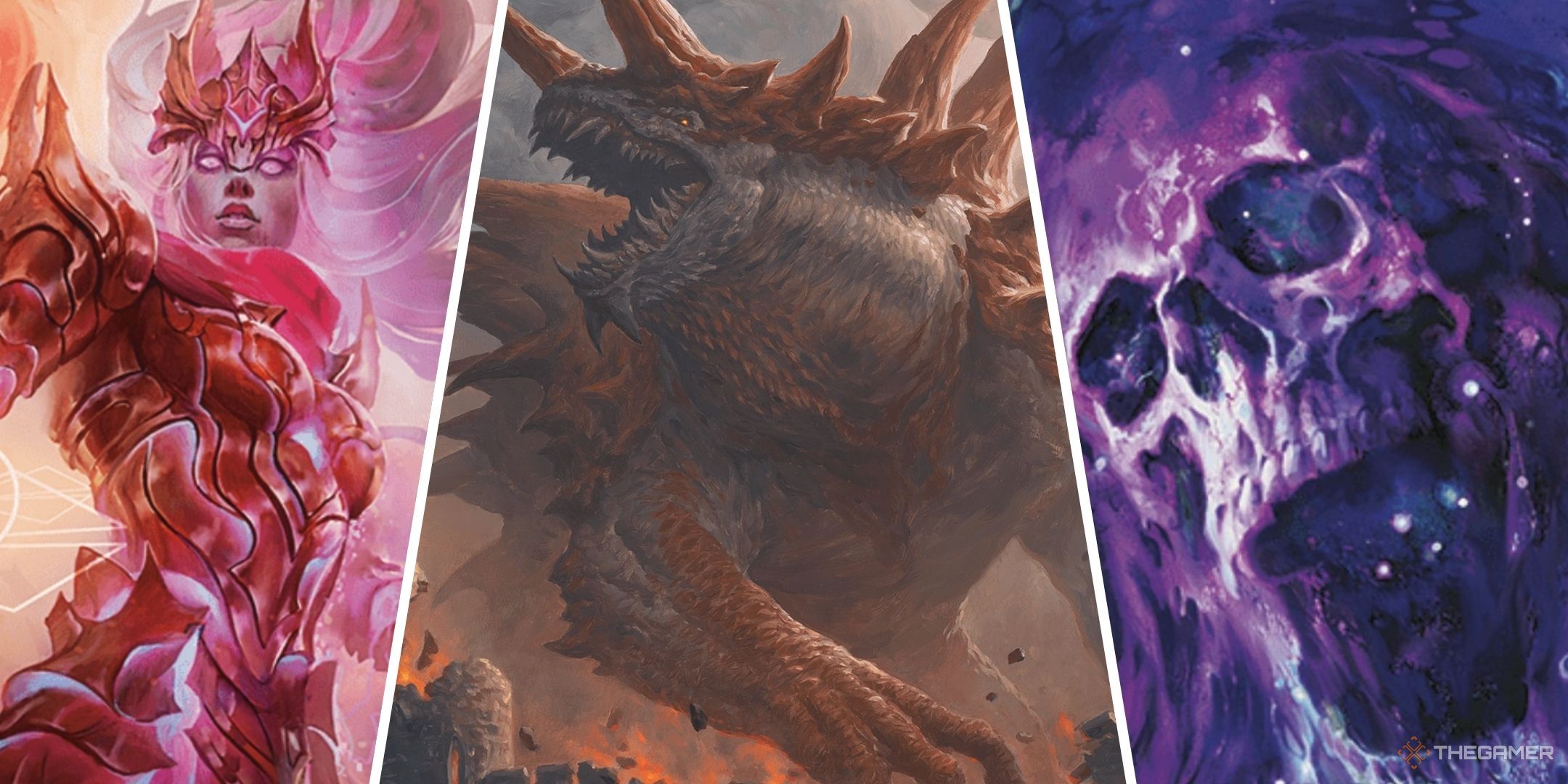
Related
Dungeons & Dragons: 21 5e Monsters With The Highest Challenge Rating
Knowing which monsters in D&D possess the highest challenge rating is invaluable information if you’re looking to DM a game.
What they lack in individual brawn, though, they make up for in numbers. Bullywugs enjoy nothing more than making a show of their dominance of the fen to visitors, captive slaves, and trespassers alike. In fact, they prefer to capture intelligent enemies so that they might have a chance at displaying their grandiose baubles and “noble” nature stolen from other, more well-to-do societies. It can also be quite easy to socially manipulate these creatures, which may just provide your players with a hilarious conversation.
7
Lizardfolk
Where bullywugs are all bark and no bite, lizardfolk are the opposite end of the spectrum. These crafty muck-dwellers rarely interact with other species due to their predisposition for cannibalism. Lizardfolk will eat just about anything, and that very much includes people who wander into their territory.
They are also simple crafters well-versed in primal technology such as making shields out of large shells, armor out of pilfered bones, and weapons from sharpened stones and spare teeth. Lizardfolk are prone to taking prisoners just like bullywugs, however, they usually do so in order to prepare a great feast or ritual sacrifice to one of their serpentine gods. These tribal reptiles also revere Dragons and will do anything they can to enter the employ of such powerful creatures, which they will then often worship as avatars of their gods or even gods in their own right.
6
Guard Drake
Guard Drakes are created through a ritual that involves fresh meat, a cauldron, and a number of chromatic dragon scales. These aggressive creatures function as guard dogs for more intelligent servants of Dragons and are often bestowed upon a Dragon’s servants as a sort of reward for loyal service.
Just like dogs, Guard Drakes are obedient to their masters. This is the perfect monster to include alongside a tribe of Lizardfolk or Bullywugs that has fallen into the employ of a Dragon. The presence of Guard Drakes in one of these communities is a great method of foreshadowing a much more terrifying enemy.
5
Green Hag
The Green Hag is the stereotypical witch in the woods from popular tales like Hansel and Gretel. They are masters of deception and even have the ability to disguise their appearance as something much more friendly than their true nature. However, the popularity of this trope often leads many players to see through their schemes much faster than you might prefer.
Nonetheless, the Green Hag is an absolute classic and very much worth using in any swamp environment you develop. This hag also has a great get-out-of-jail-free card in her ability to turn invisible at will and hide any evidence of her travel while invisible. A Green Hag that’s attacked by a suspicious party and manages to escape will no doubt hold a grudge and begin plotting her revenge immediately.
4
Shambling Mound
Arguably the first truly dangerous enemy on this list, Shambling Mounds are extremely deadly in combat thanks to their ability to engulf enemies and suffocate them within their brambles. These masses of detritus are formed by errant lightning bolts that strike strange plant life and give them a facsimile of life as well as a penchant for spreading death.
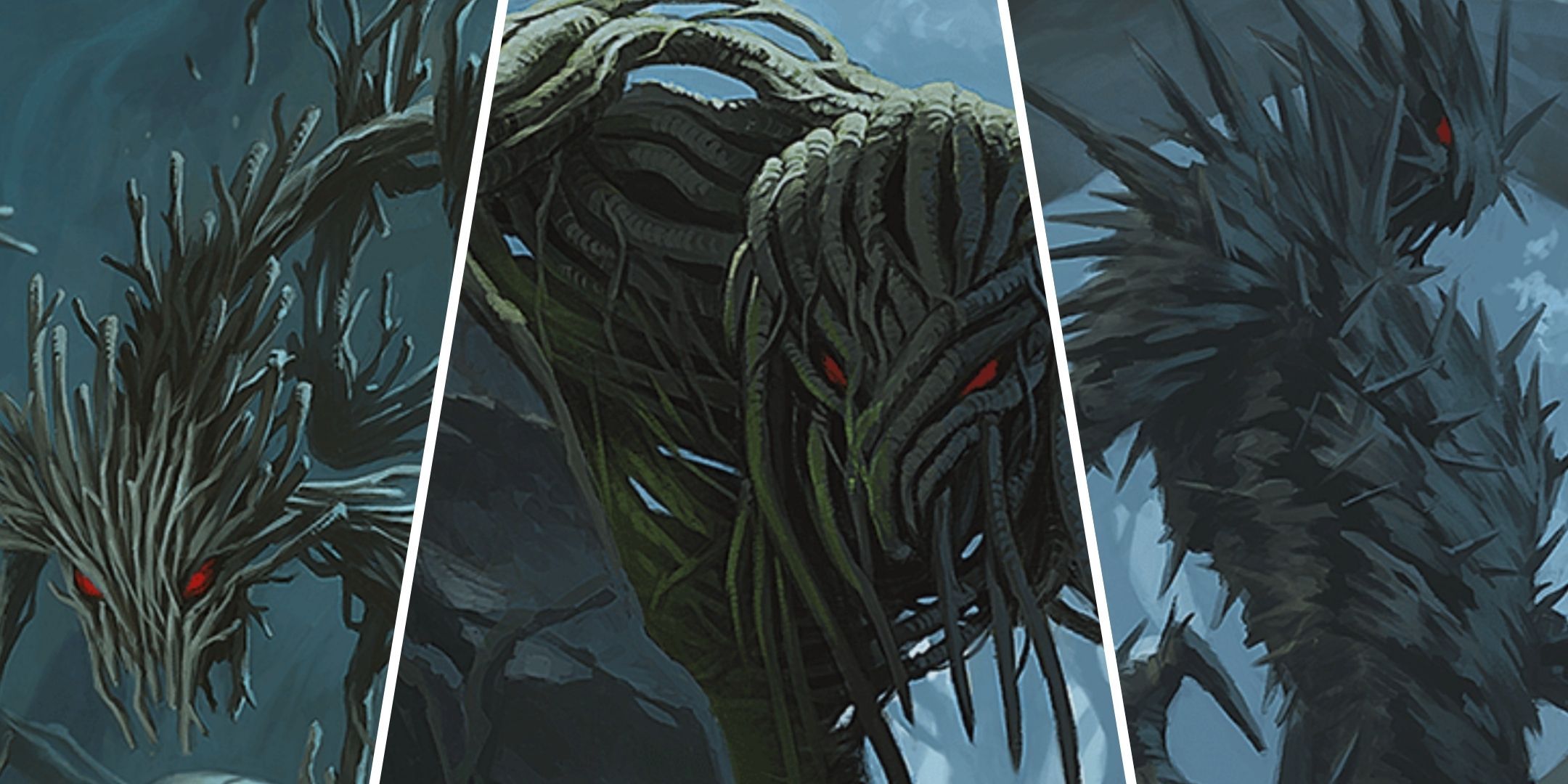
Related
Dungeons & Dragons: All Blight Monsters, Ranked
For these D&D blights, their bark is just as bad as their bite.
Shambling Mounds are especially powerful against any party that likes to use lightning damage, as any lightning damage dealt to them will heal them for the damage dealt. They are also resistant to cold and fire damage, which are some of the most popular damage types in the game. Their one weakness lies in their incredibly slow speed; however, most players will fail to take advantage of this, especially after one of their allies gets engulfed.
3
Catoblepas
As dangerous as the Shambling Mound sounds, the Catoblepas is a bit more threatening due to its obscurity, animal nature, and ability to instantly kill opponents. This amalgamation of cattle, dinosaurs, and mythical beast blights any land that it spends time in by its very presence.
Catoblepas are like evil cows, created to punish anyone who ever considered cow-tipping to be an acceptable pastime. Their tails end in large clubs like that of an ankylosaurus, which is capable of stunning even the heartiest foes. Their hides are filled with so much rot and disease that merely standing next to one has a chance to poison you. Worst of all, their mere gaze is capable of stopping your heartbeat in a second.
2
Hydra
The Hydra is a famous monstrosity from mythical tales across all kinds of cultures. This many-headed serpent has access to as many attacks as it does heads and can quickly make short work of anyone unfortunate to get too close to it.
Even if you do manage to cut off one of the Hydra’s heads, two more will grow to replace it unless the creature takes fire damage. The Hydra also regains hits points when this happens, providing it with an extra measure of vitality that will catch unassuming opponents completely off-guard. Hydras are always hungry, which makes them voracious predators that will hunt down anything that comes across their path. They are also natural-born swimmers with enough instinct to make use of this advantage over land-dwelling folk.
1
Black Dragon
The Black Dragon is the true lord of the swamp, capable of subjugating every other monster on this list to its devilish whims. First and foremost, Black Dragons are schemers whose cunning is unrivaled by even the most evil plotters of the civilized realms. Black Dragons are always a step ahead of their enemies, and they only reveal their true aims when it’s too late for the opposition to have a chance at a fair fight.
As opposed to other Dragons whose breath weapons take the shape of a cone, Black Dragons fire a line of acid from their maws and can even use this breath weapon while in the air to create a curving line that will catch enemies who thought they were safe. As the apex predators of the swamp, Black Dragons also have the ability to use the water to their advantage and will only engage in melee combat if their opponents are brave or stupid enough to trudge into the polluted waters of their lairs. All Dragons are cruel, but Black Dragons are especially so, and they revel in the opportunity to see their prey squirm before brutally ending their lives.
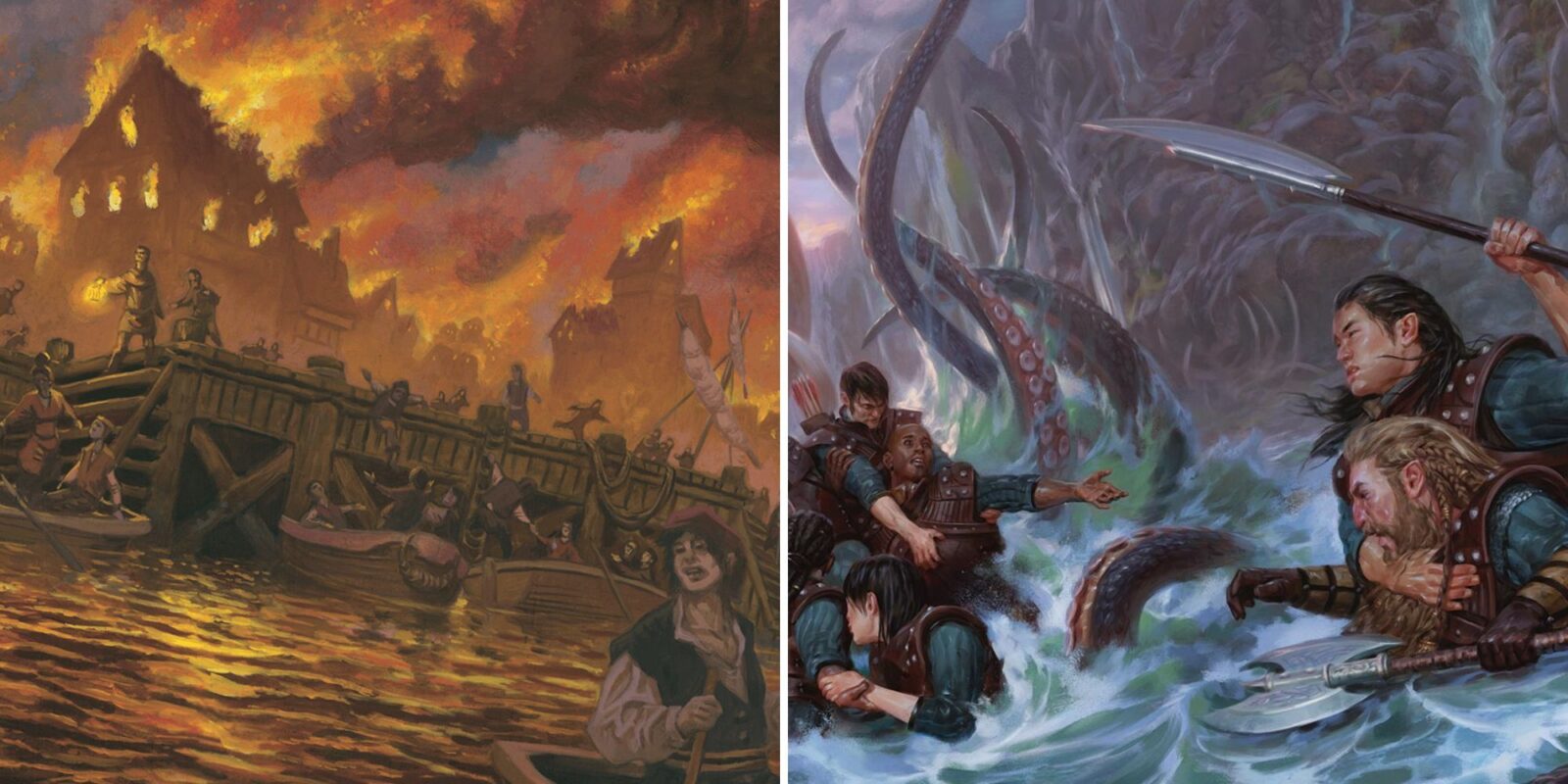
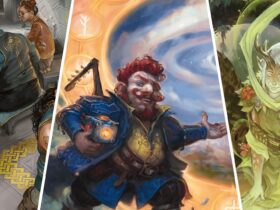
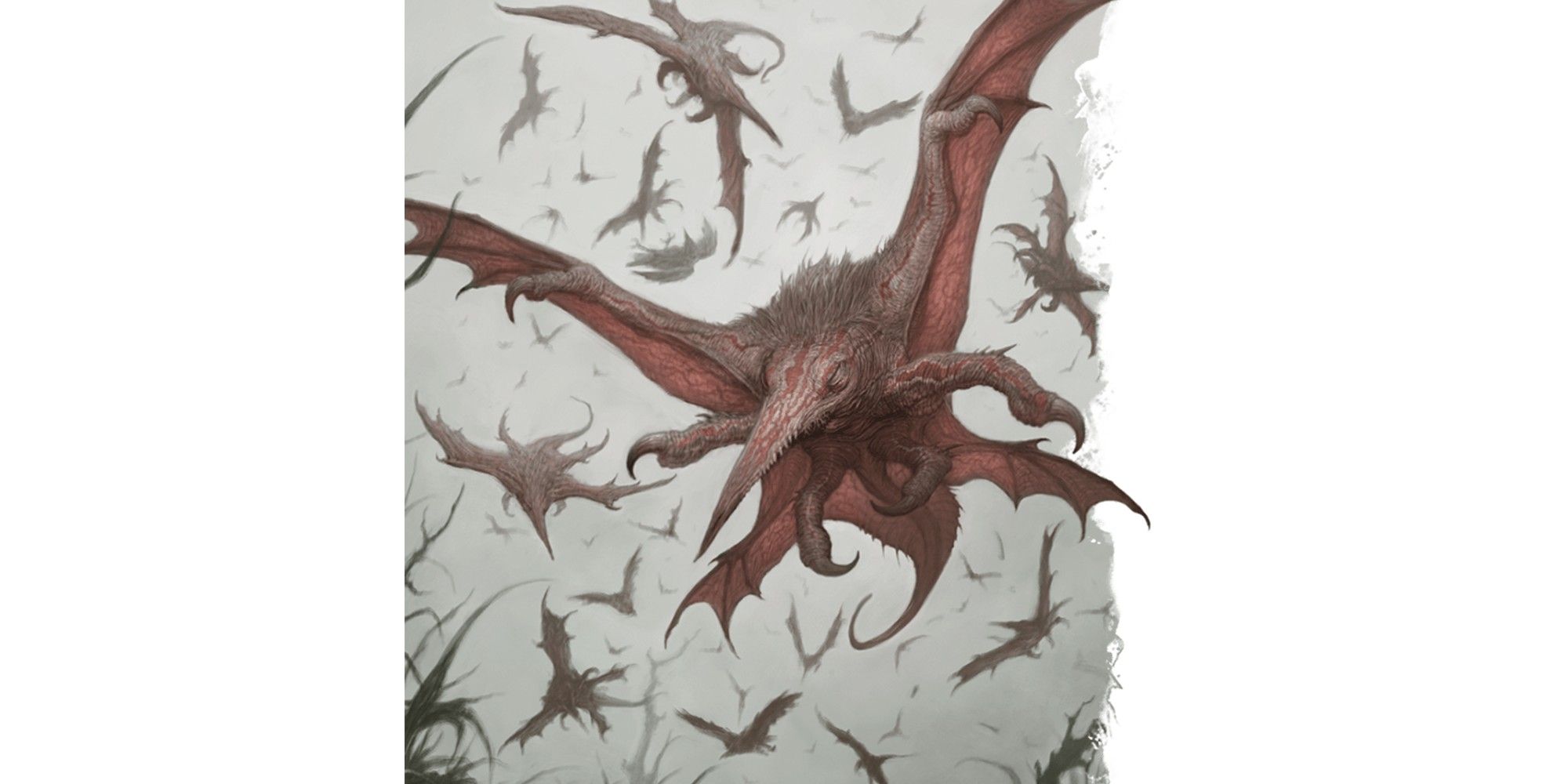
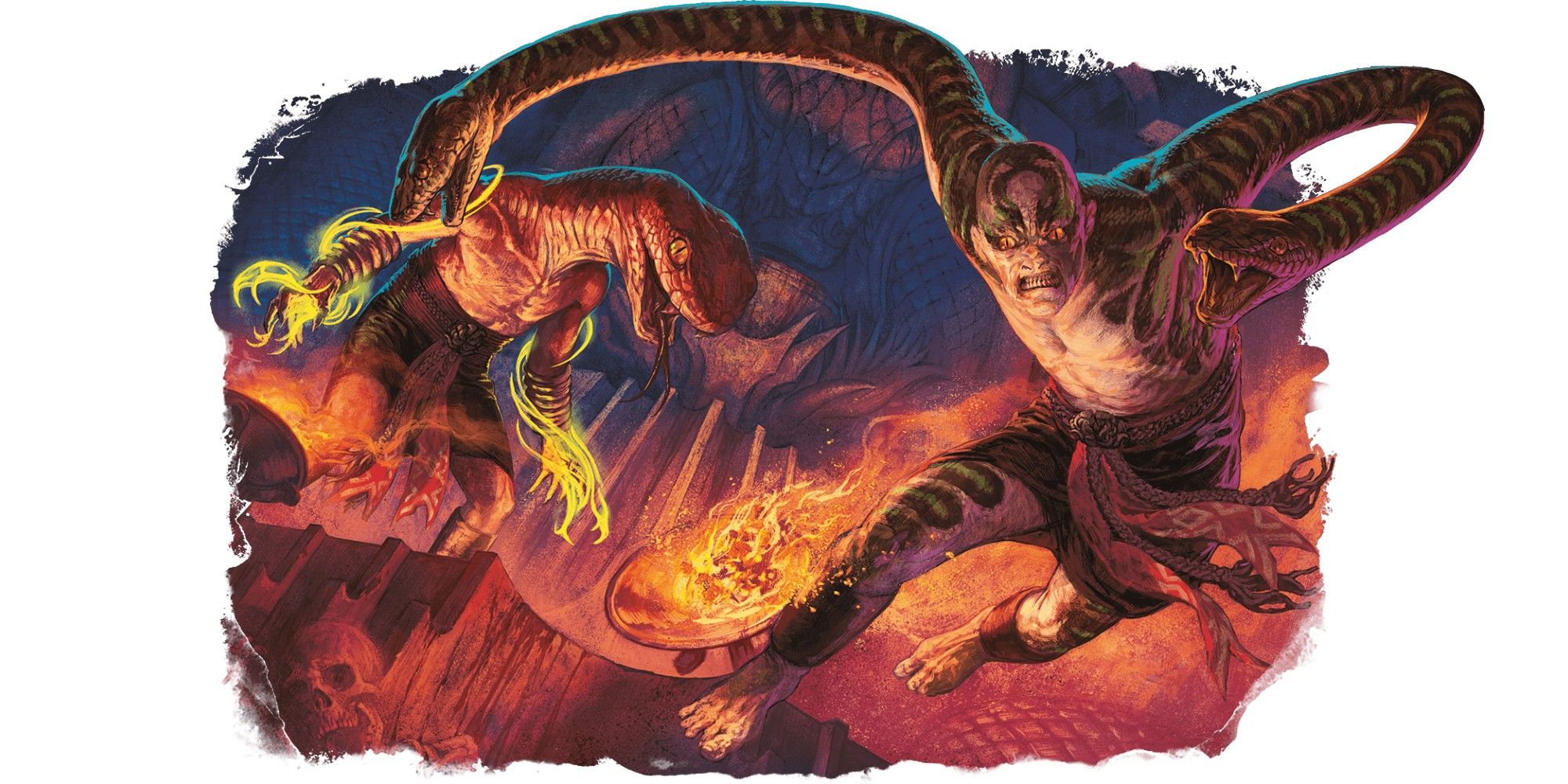
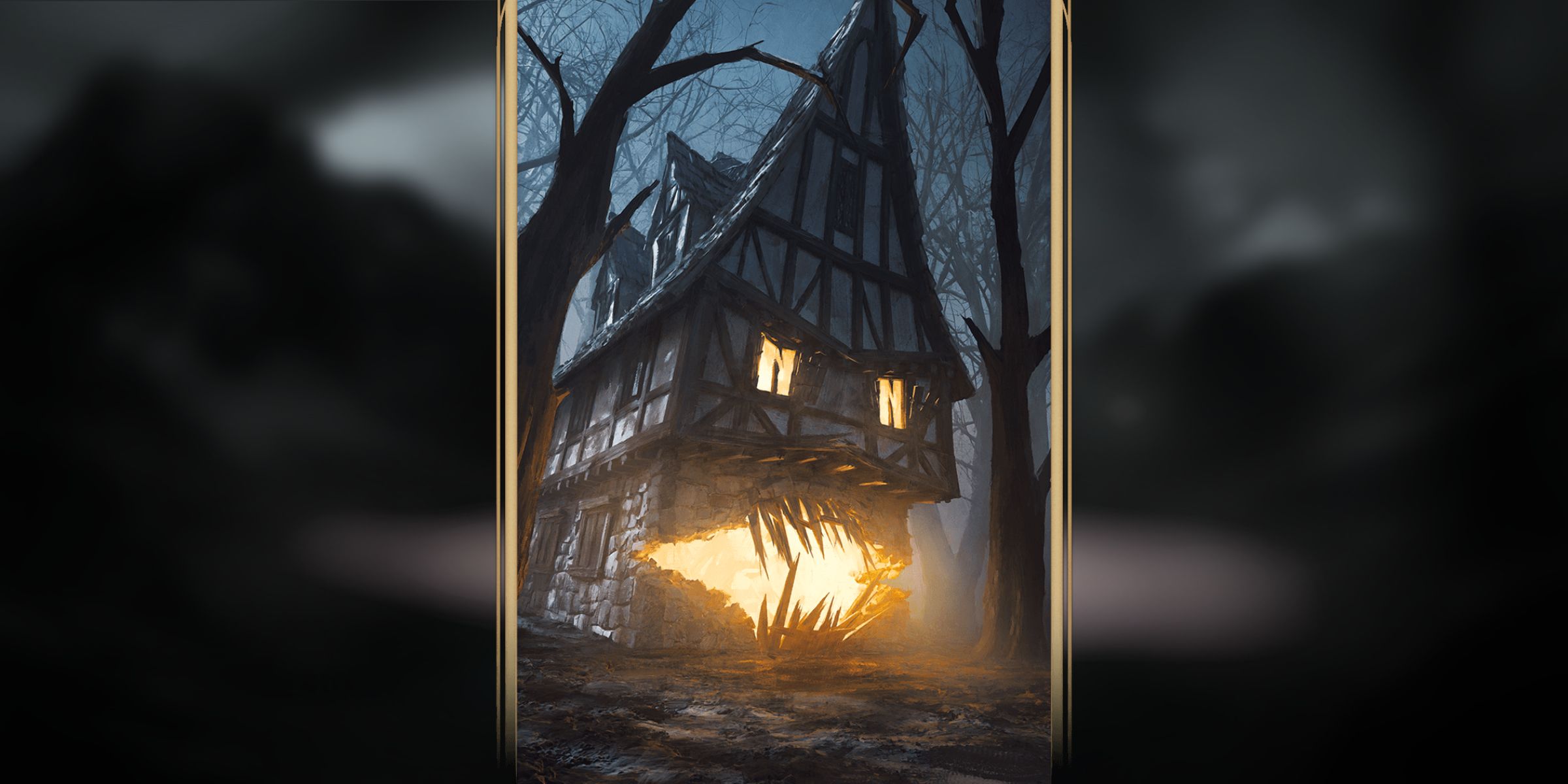
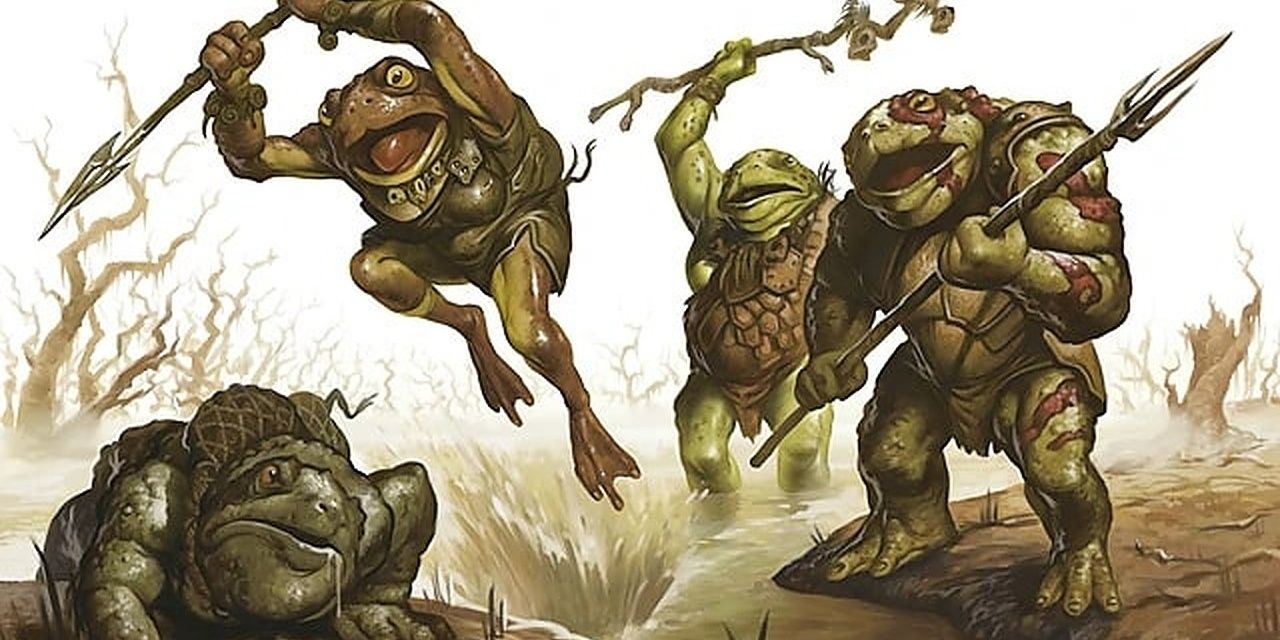
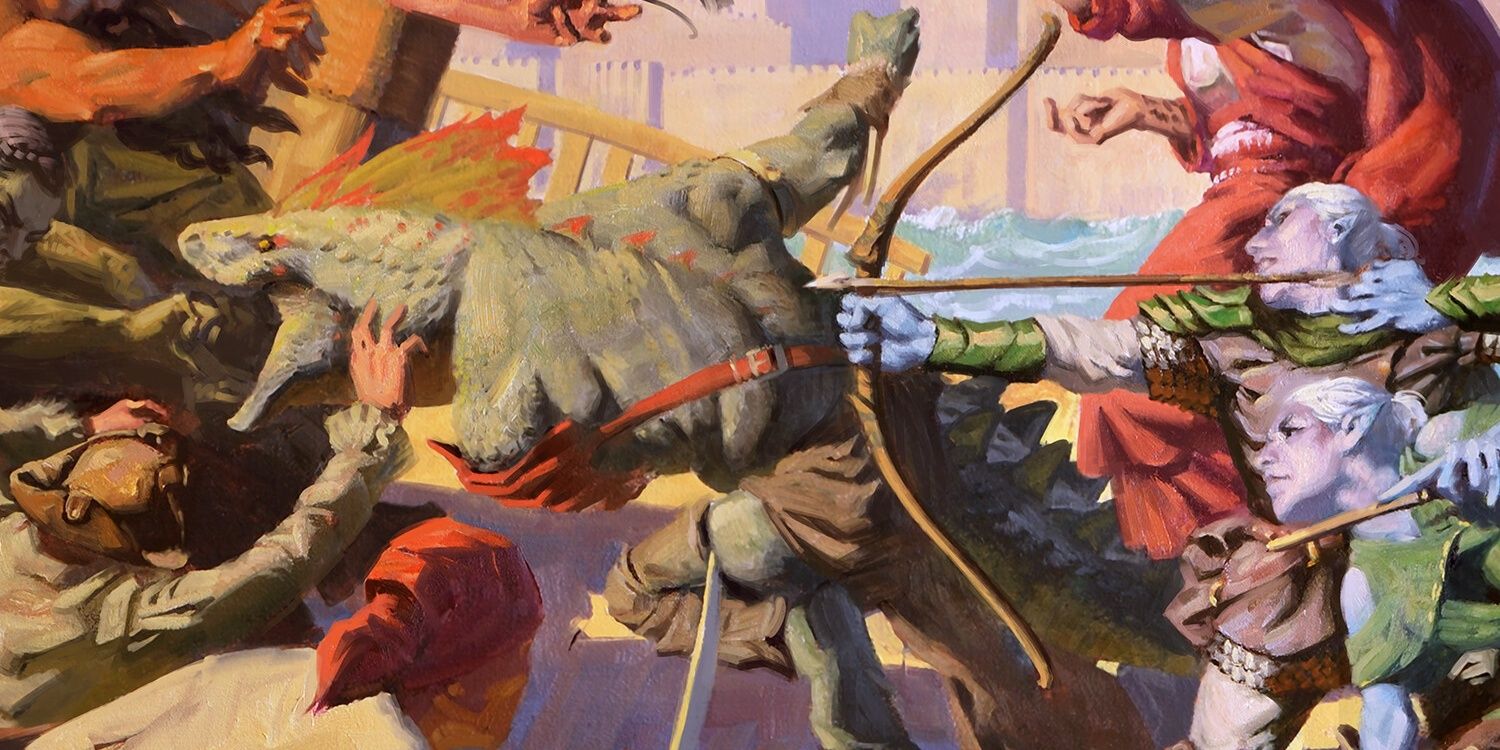
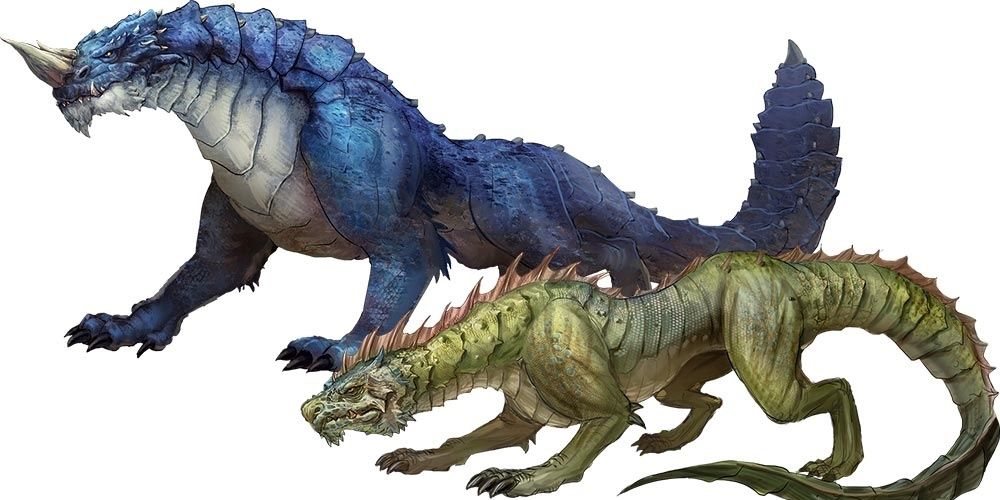
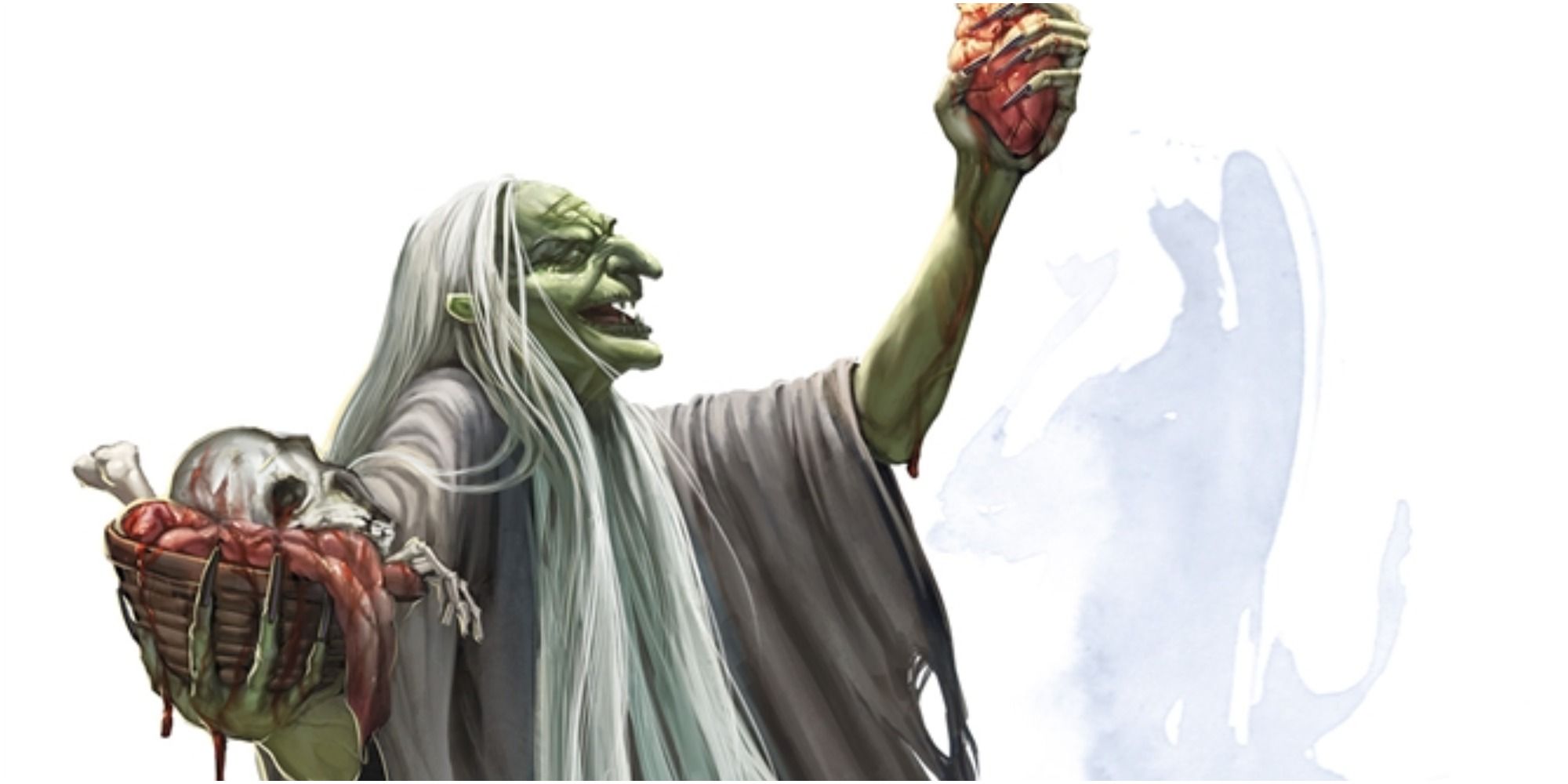
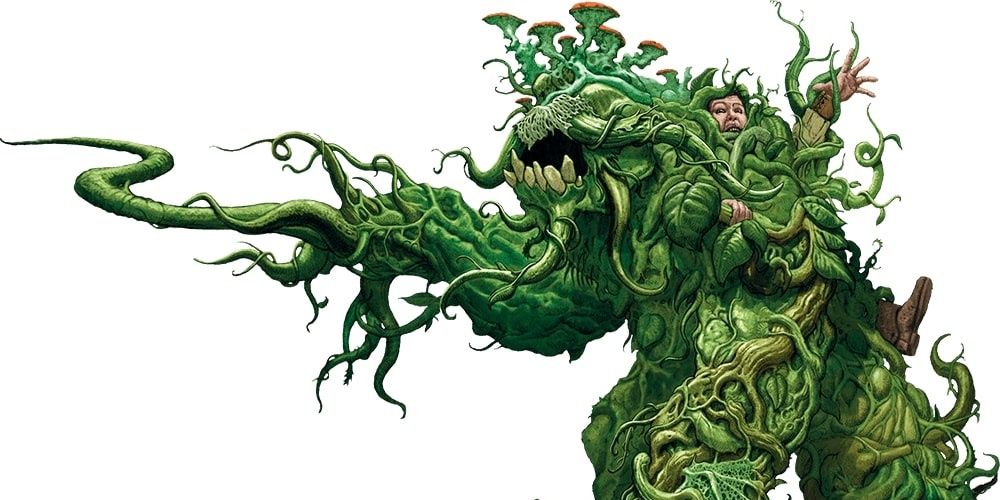
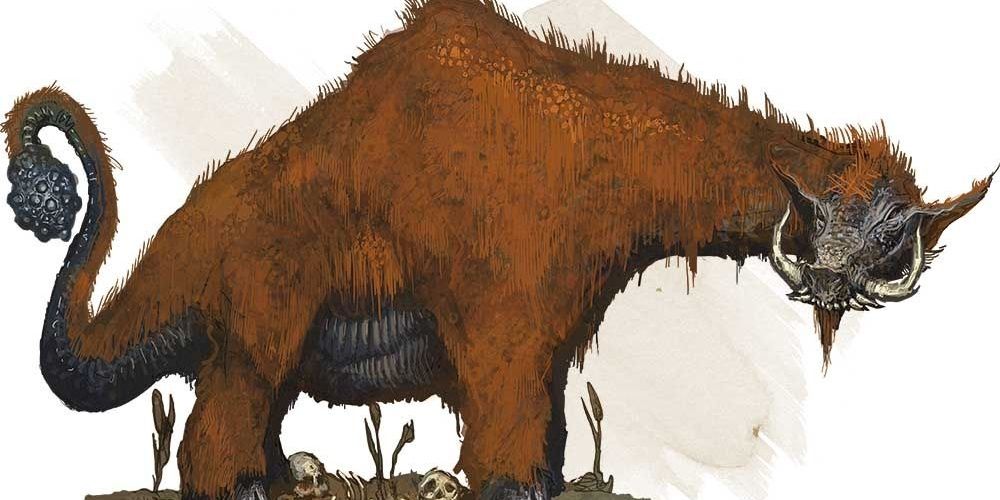
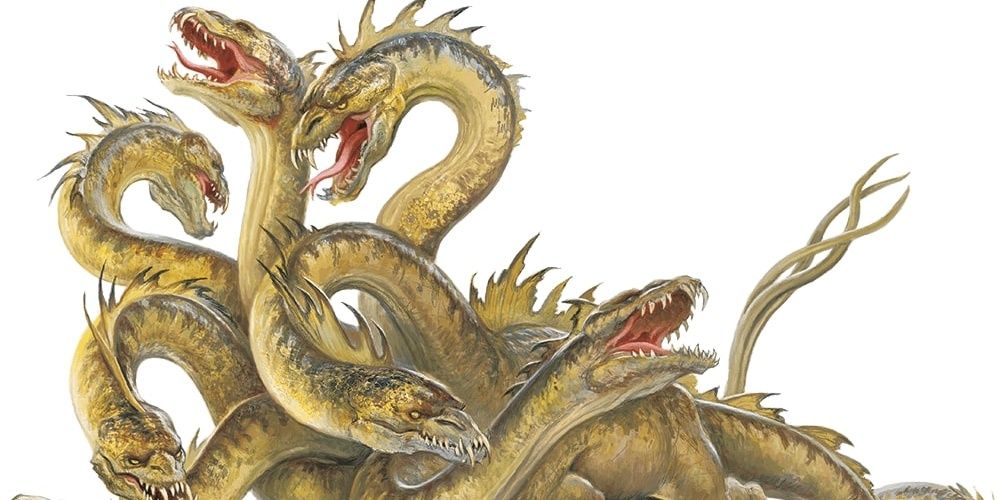
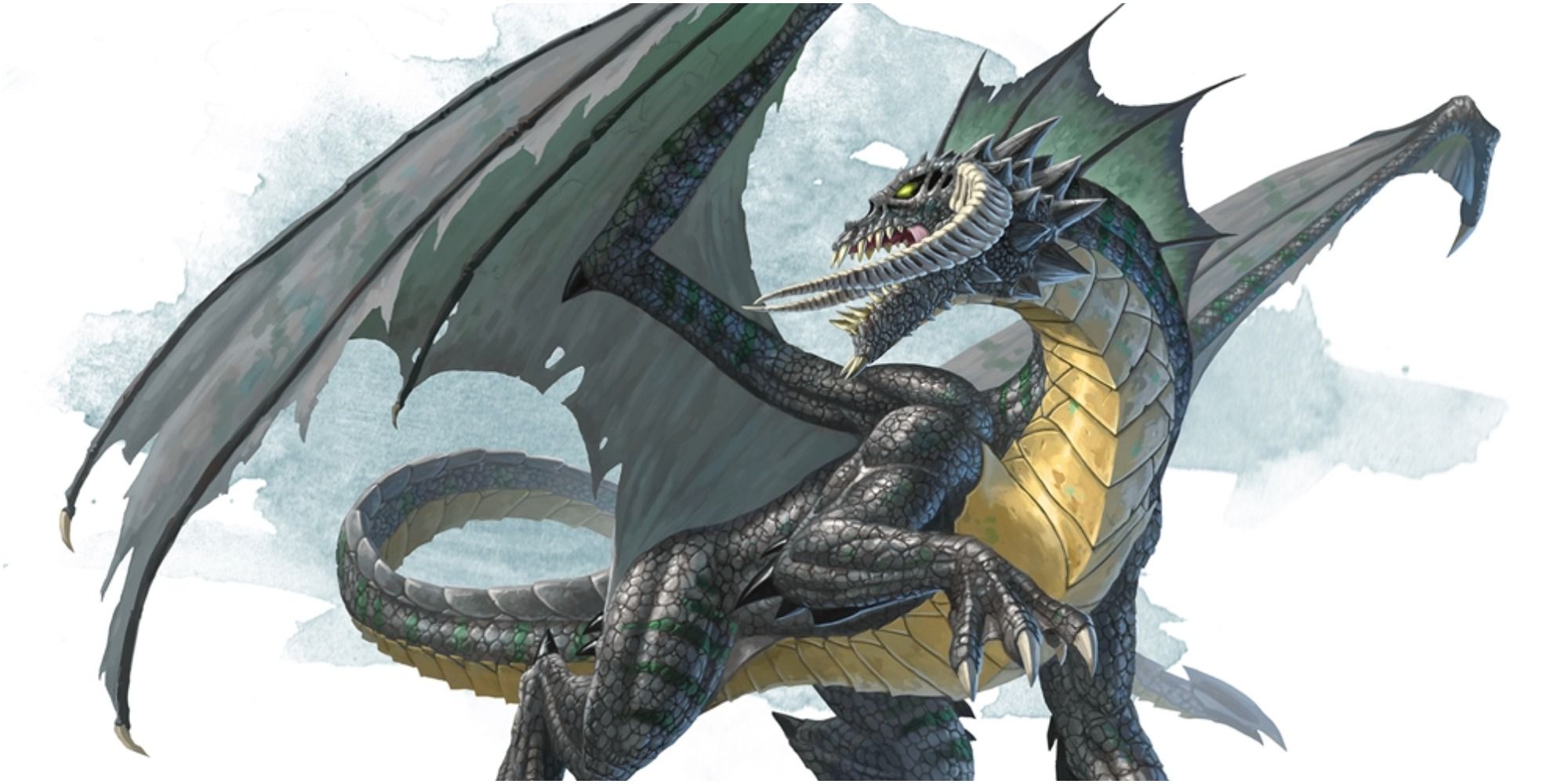
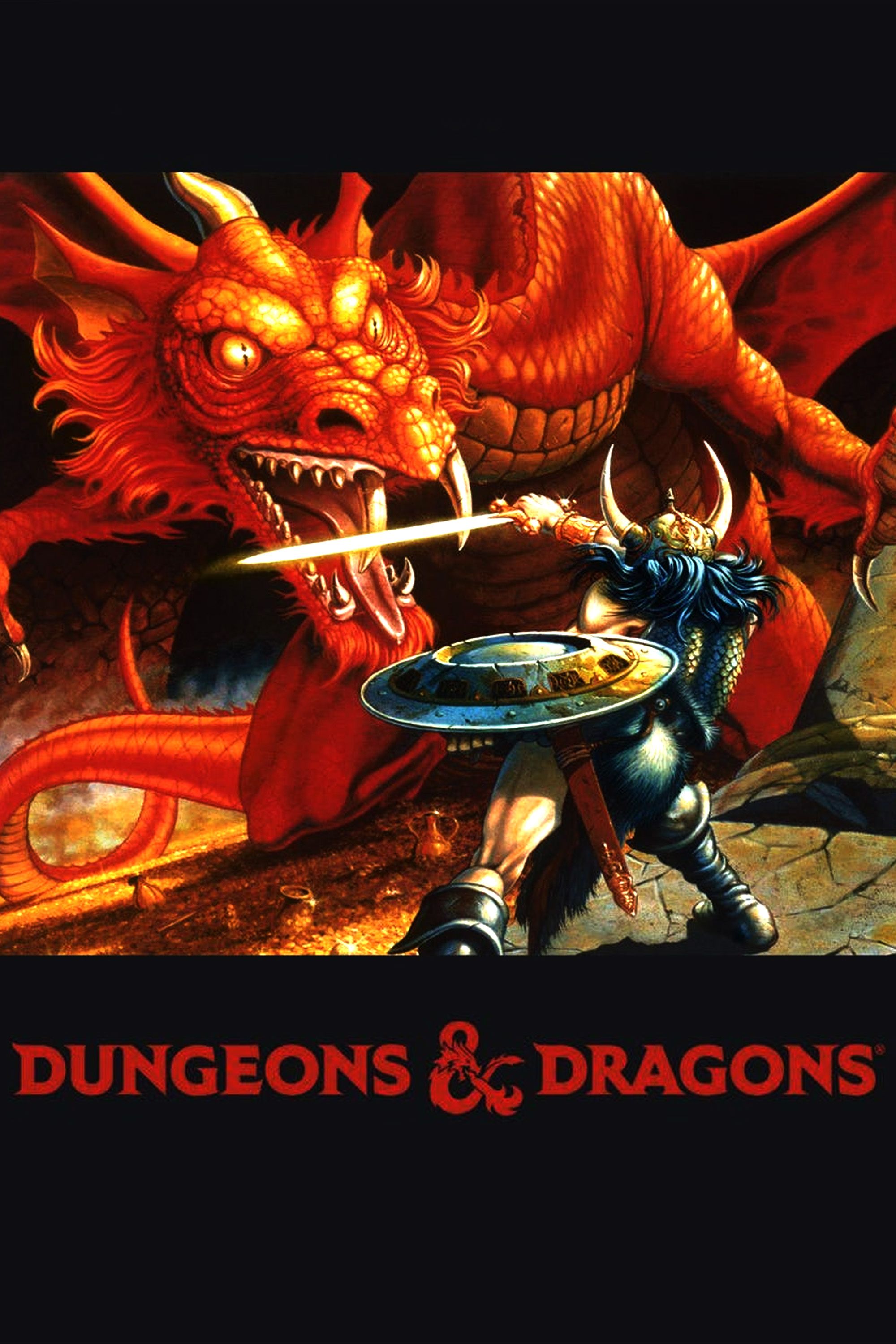




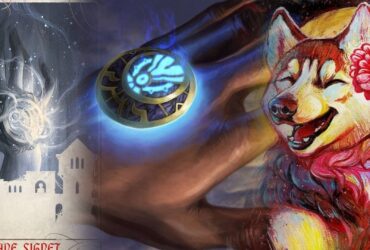
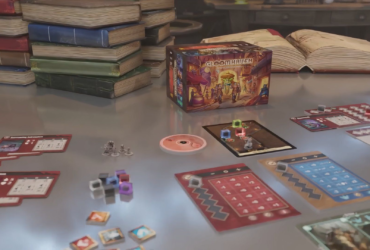
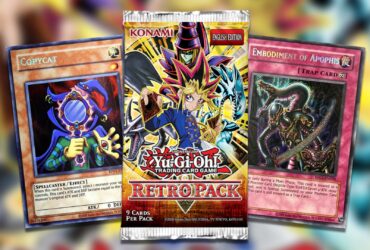


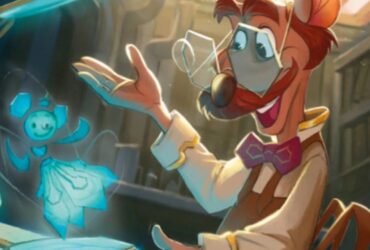
Leave a Reply